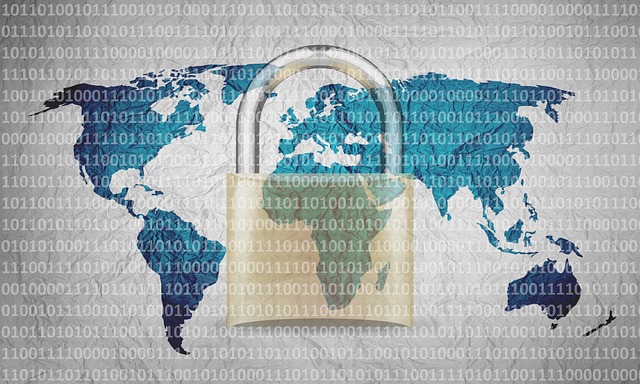
The landscape of Software as a Service (SaaS) has evolved, with remote work becoming the norm. In this article, we delve into the critical aspect of security in remote SaaS, emphasizing the need to protect sensitive data in a decentralized environment. For early-stage SaaS founders and marketers, understanding and implementing robust cybersecurity measures is imperative in this digital era.
The Imperative of Data Security in Remote SaaS
Data Vulnerabilities in a Decentralized Setup
Remote work introduces unique challenges, with data being accessed from various locations and devices. Addressing vulnerabilities becomes crucial to prevent data breaches and ensure compliance with regulatory standards.
User Training for Cybersecurity Awareness
Educating remote teams about cybersecurity best practices creates a human firewall. Awareness about phishing, secure password management, and recognizing potential threats empowers users to actively contribute to data security.
Key Factors Impacting Remote SaaS Security
1. Secure Access Controls
- Multi-Factor Authentication (MFA): Implementing MFA to add an additional layer of security.
- Role-Based Access: Assigning access levels based on job roles to limit unauthorized access.
2. Endpoint Security
- Device Management: Ensuring all devices used for remote work are secure and regularly updated.
- Endpoint Protection Software: Deploying robust endpoint protection against malware and unauthorized access.
3. Data Encryption Measures
- In-Transit Encryption: Encrypting data during transmission to prevent interception.
- At-Rest Encryption: Securing stored data with encryption protocols.
Challenges and Solutions
1. Network Security Concerns
- Virtual Private Network (VPN): Implementing VPNs for secure data transmission.
- Regular Security Audits: Conducting periodic security audits to identify and rectify vulnerabilities.
2. Device Management Issues
- Bring Your Own Device (BYOD) Policies: Establishing clear policies for personal devices used for work.
- Mobile Device Management (MDM): Implementing MDM solutions for comprehensive device control.
Remote SaaS Security Best Practices
1. Regular Training and Awareness Programs
- Simulated Phishing Exercises: Conducting simulated phishing drills to test and enhance employee awareness.
- Interactive Training Modules: Engaging training materials to educate teams about evolving cybersecurity threats.
2. Continuous Monitoring and Updating
- Real-Time Threat Monitoring: Implementing tools for real-time monitoring of network activities.
- Regular Software Updates: Ensuring all software and security protocols are up-to-date.
Conclusion: Safeguarding the Future of Remote SaaS
In the decentralized realm of remote work in SaaS, prioritizing security is not just a necessity but a strategic imperative. By adopting proactive cybersecurity measures, including secure access controls, robust endpoint security, and ongoing training, SaaS companies can fortify their defenses and safeguard sensitive data in the dynamic landscape of remote work.